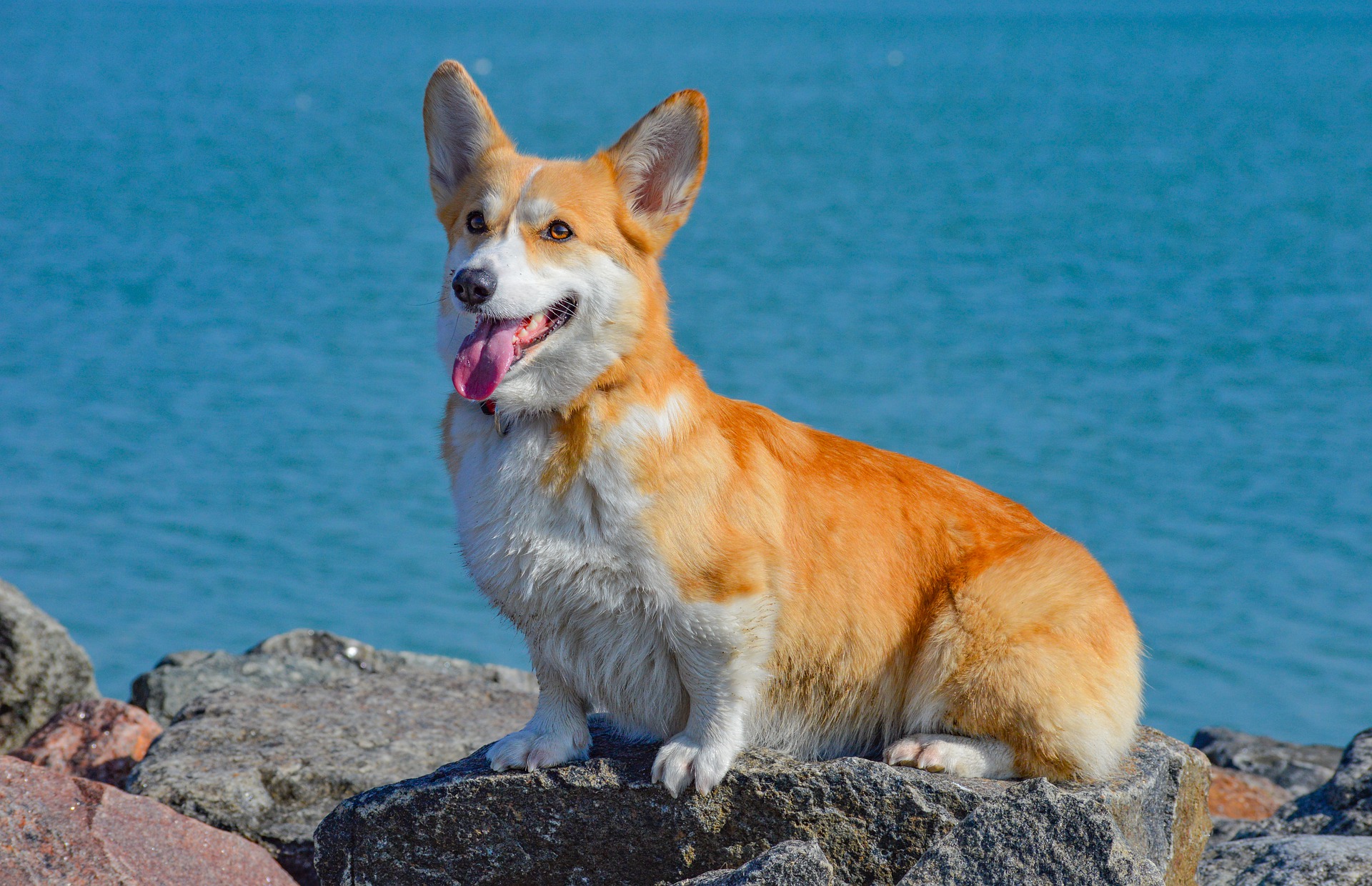Our animals are constantly communicating with us. Though they don’t use words, you can glean plenty of information by paying attention to their body language and vocalizations. Each species’ body cues are unique – for example, a tail moving side to side means something different in dogs than in cats. Here are some common features of canine body language that will help you better understand how your pup is feeling.
Canine Body Language Explained
Ears
There are a few different standard ear positions. When the ears are loose and relaxed, that generally means your pup is happy and relaxed as well. Forward-facing ears indicate excitement, interest, or focus. To understand what your dog feels when their ears are pointed forward, you will read the rest of their body language–their ears may be forward because they caught an interesting scent, or it could be that they are hyper-focusing on another dog and may then lunge or bark.
Eyes
Eye contact is often taken as a sign of hostility for dogs, but when exchanged by a dog and their owner who have a trusting relationship, it can be a great way to bond. Making eye contact for just a few seconds at a time while you spend a few minutes petting and talking to your dog can build trust and release oxytocin (the happiness hormone) in both you and your dog. However, prolonged eye contact and other uncomfortable situations may cause your pup to give whale eyes, where they glance at a person or object from the side of their eyes while the whites show. If you notice that your dog doesn’t like eye contact in general, avoid it and bond in other ways, like cuddling or playing.
Mouth
Mouth cues are usually pretty easy to understand. A slightly open mouth with the tongue peeking out is a sign of a happy and relaxed dog (while standing–odds are their mouth will be closed when lying down). As a pup becomes aggressive, they will pull their lips back to expose their teeth and gums. When nervous or uncomfortable, dogs will often increase their panting or lick their lips.
Hackles
Raised hackles are most often associated with aggression, but they are simply a sign of heightened emotion. Think about goosebumps in people–yes, you get them when you’re scared, but you may also get them when you are overwhelmed by the sweeping crescendo of music while watching a good movie or when flirting. This doesn’t mean you should ignore raised hackles; you just need to pay attention to the situation and see what might be causing that reaction in your pup.
Tail
The tail is an excellent indicator of your dog’s emotions. A tucked tail is a big sign that your dog is exceptionally uncomfortable. You will see this when they perceive they have done something wrong or if they are nervous at the vet. If whatever is causing them stress is in your control, try to remove it from the area and calm them down. A loose and lightly swinging tail shows that your pup is relaxed and happy. When the tail is held stiff and high, your dog is on alert. You may see the fur of the tail standing up along with hackles during times of hyper fixation or aggression. Of course, these positions are difficult to determine in dogs with short or curly tails. In that case, you will need to rely on their other body language to tell you what they are feeling.
Getting to know your dog’s mannerisms via canine body language is a great way to understand your pet on a whole new level.
Gulf Coast K9 Dog Training is a professional dog training facility located in Bradenton, Florida.





